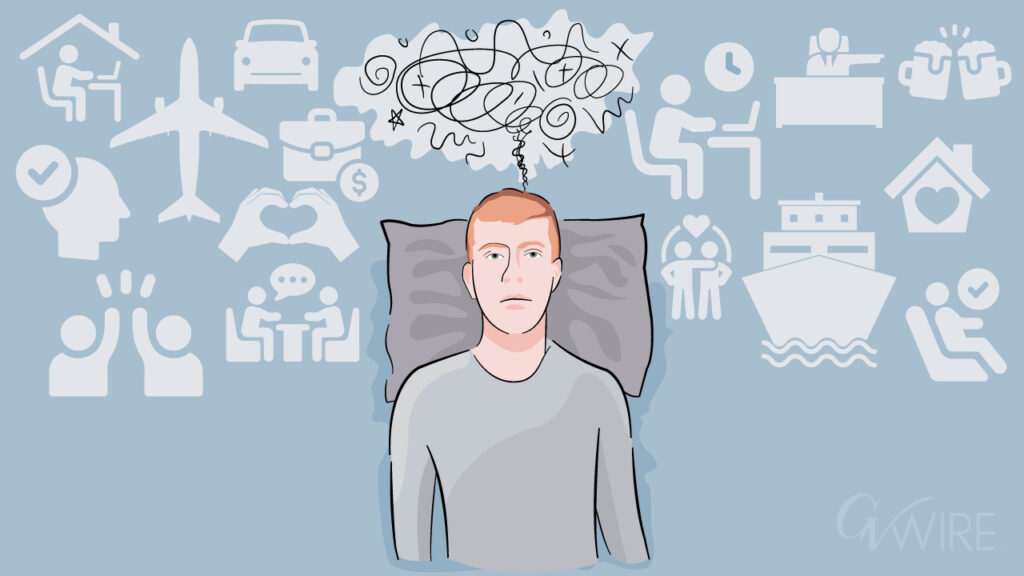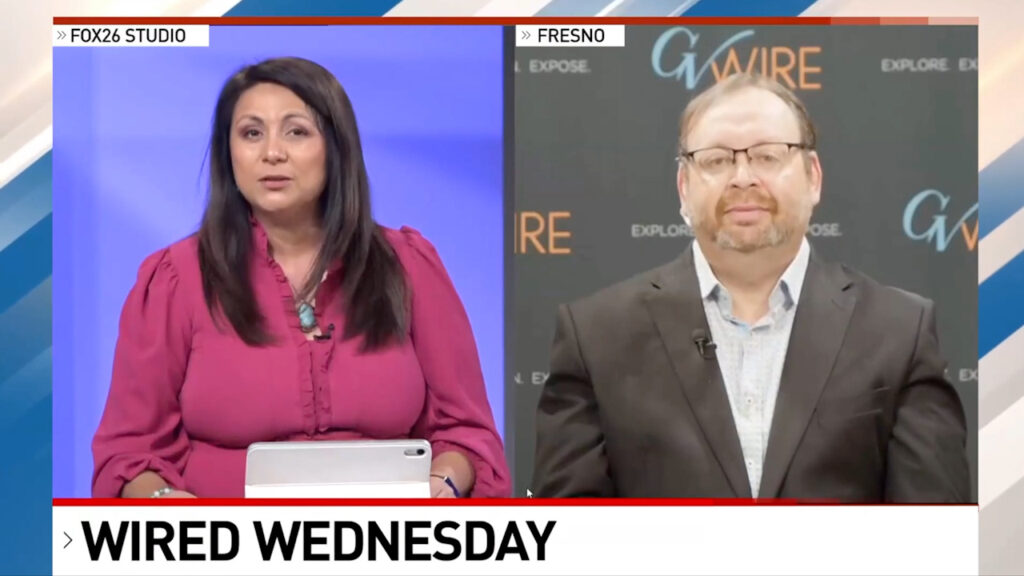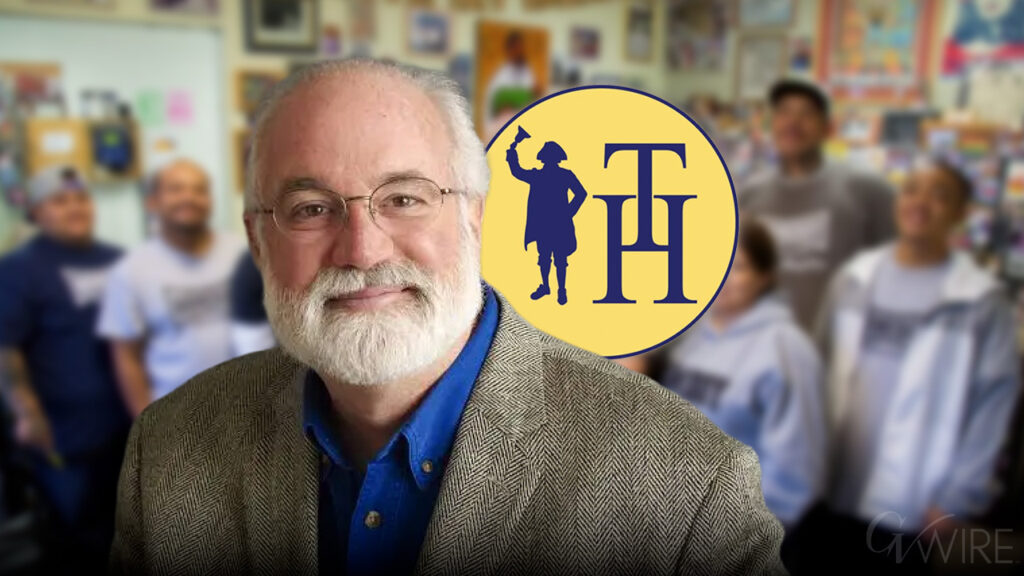New data shows Kamala Harris lost the 2024 election not because of low turnout, but because millions of young, nonwhite, and irregular voters either stayed home or shifted their support to Donald Trump. (Shutterstock)

- New data shows millions of young, nonwhite, and irregular voters defected to Trump, not just stayed home, costing Harris the election.
- The assumption that Democrats benefit from high turnout is shattered, as disengaged voters supported Trump or abstained out of disillusionment.
- Democrats must rethink mobilization versus persuasion strategies; traditional “base” voters are now swing voters demanding fundamental change, not just progressive slogans.
Share
|
Getting your Trinity Audio player ready...
|
In the wake of November’s election, many Democrats blamed low turnout for Kamala Harris’ defeat.
It wasn’t entirely without reason, as turnout dropped in Democratic areas, but many months later it is clear the blame was misplaced. Newly available data, based on authoritative voter turnout records, suggests that if anything, President Donald Trump would have done even better if everyone had voted.
New Data Shows Democrats Theories to Be False
The new data, including a new study from Pew Research released Thursday, instead offers a more dispiriting explanation for Democrats: Young, nonwhite and irregular voters defected by the millions to Trump, costing Harris both the Electoral College and the popular vote.
The findings suggest that Trump’s brand of conservative populism once again turned politics-as-usual upside down, as his gains among disengaged voters deprived Democrats of their traditional advantage with this group, who are disproportionately young and nonwhite.
For a generation, the assumption that Democrats benefit from high turnout has underpinned the hopes and machinations of both parties, from Republican support for restrictive voting laws to Democratic hopes of mobilizing a new progressive coalition of young and nonwhite voters. It’s not clear whether Democrats will struggle with irregular voters in the future, but the data nonetheless essentially ends the debate about whether Harris lost because she alienated swing voters or because she failed to energize her base. In the end, Democrats alienated voters whose longtime support they might have taken for granted.
The 2024 election may feel like old news, especially in the wake of Zohran Mamdani’s upset victory in New York City’s mayoral primary Tuesday, but the best data on the outcome has only recently become available. Over the past two months, the last few states updated their official records of who did or did not vote in the election. These records unlock the most authoritative studies of the electorate, which link voter turnout records to high-quality surveys.
The postelection studies aren’t perfect, but they all tell the same story: Nonvoters preferred Trump, even if only narrowly. None show Harris winning nonvoters by the wide margin she would have needed to overcome her deficit among those who turned out.
Remembering the Actual Election Results
It’s worth remembering that the actual election results appeared to suggest something very different. Harris received millions of fewer votes than Joe Biden did, and turnout plunged in many heavily Democratic areas. Similarly, a prominent postelection survey implied that millions of Biden voters stayed home. Together, it suggested that low turnout may have cost Harris the election, an argument echoed even by Tim Walz, her vice presidential nominee.
In a sense, the voter turnout records confirm the postelection conventional wisdom: The voters who stayed home really were relatively “Democratic” — or at least they appeared to be Democrats. They were more Democratic by party registration or primary vote history than voters who turned out, with 26% Democrats and 17% Republicans (most nonvoters don’t participate in primaries or register with a major party). They were disproportionately young and nonwhite. On average, the new studies estimate that the voters who turned out in 2020 but not 2024 backed Biden over Trump by a double-digit margin.
The same studies nonetheless find that nonvoters wouldn’t have backed Harris if they had turned out to vote in 2024. At some point over the past few years, many of them soured on Democrats and stayed home as a result. If they had voted, many would have backed Trump.
The decline in Democratic support among young and nonwhite voters and the decline in Democratic turnout can be understood as part of a single phenomenon: As traditionally Democratic voters soured on their party, some decided to show up and vote for Trump and others simply decided to stay home. But if they did show up, polling data suggests they would have voted for Trump in surprising numbers.
Harris would have won only 72% of the registered Democrats who stayed home, according to estimates based on New York Times/Siena College poll data, compared with 89% of the registered Democrats who showed up. There’s no equivalent pattern of a drop in support for Trump among Republicans who stayed home.
Another factor helping to reconcile the new studies with the election tallies is that Harris may have been somewhat stronger among the narrower group of nonvoters who voted in 2020 but stayed home in 2024. On average across the studies, Harris and Trump were essentially tied among this group, with several studies showing Harris with an edge.
Harris Greatly Underperformed
Nonetheless, Harris greatly underperformed how the same studies found Biden fared with the 2020-but-not-2024 group. She did not fare nearly well enough to prevail, even if these voters had returned to the electorate.
The voters the Democrats lost in 2024 may not be lost for good. Still, their willingness to support Trump may throw a wrench in Democratic strategies. Until now, Democrats mostly assumed that irregular young and nonwhite voters were so-called mobilization targets — voters who would back Democrats if they voted, but needed to be lured to the polls with more door knocks, more liberal voting laws or a more progressive candidate. At least for now, this assumption can’t be sustained.
This assumption had important implications in a decade-long debate about whether Democrats should win by mobilizing new voters or persuading swing voters. While this debate was seemingly about arcane electoral tactics, it was really a proxy for whether the party should move toward the left or the center, with progressives arguing that a bold agenda could motivate new voters and moderates saying the party needed to pivot toward the center to win swing voters.
This debate still goes on, but it does not make nearly as much sense as it did a few years ago. In the last election, the usual “mobilization” targets — the disengaged, the young, and low-turnout voters or nonvoters — became the swing voters. They swung to a candidate who stood against everything Democrats imagined that these voters represented.
This badly hurts the case for the usual mobilization argument, but it doesn’t as easily argue for a centrist candidate, either. The usual argument for “persuasion” imagined a very different group — predominantly suburban, moderate, white swing voters — who would more clearly be receptive to a moderate candidate. While the young and nonwhite voters are clearly not doctrinaire progressives, they are still deeply dissatisfied with the status quo and seek fundamental changes to America’s economic and political system. The case for a moderate like Biden in 2020 took Democratic support among young and nonwhite voters for granted, just as progressives did.
Either way, there isn’t such a clear distinction between persuasion and mobilization, if there ever was. Both wings of the party will need to go back to the drawing board.
—
This article originally appeared in The New York Times.
By Nate Cohn
c. 2025 The New York Times Company
RELATED TOPICS:
Categories



















